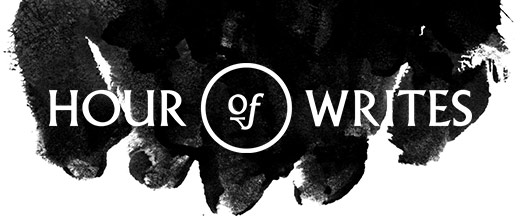Artist As Witness
Entry by: Godai41
19th June 2015
Artist as Witness
Artist as witness.
Witness to what? What kinds of artists?
Writers? Yes.
Symbolists, realists, naturalists, and more.
Naturalism is very important but can’t become a station or resting place itself. Witnessing doesn’t suffice. Frank Norris cannot be counted out or underestimated but also cannot become the whole of the art. Even Stephen Crane could not hold off the transformation process, meeting up, in fact, with his own “Maggie†on the streets of New York
Art originates to some degree in living, the entire living process, noticing it, witnessing it,
and making something of it. Experiencing it may involve doing the French dérive to find out what one’s life witnesses (http://fog.ccsf.edu/~dcox/EMU/S.I.html)v examining it, scrutinizing it, way beyond witnessing, or at least creating a new definition of witnessing.
O’Henry’s story, “The Green Door,†of a person entering the wrong door and discovering someone was starving and then doing something about it, living it, comes to mind.
The life of my journalistic art involved more than witnessing but also transformation, described in this poem about the Vietnam war that emerged from a journalistic assignment to visit the parents of a soldier killed the day before in order to obtain the deceased’s photo.
The War Came Home
The war came home last night:
in slanty faces waiting on a land
ing--me--to seek
image of him who died. The daily
press desired it, icy
night or not. I slid to ask
up, up the stairs, floating
off the ice, as Gothic faces
call "Are you the one?"
I am, I say. "Then come up here."
Smiling bones await, and I repair.
For one blue thread of time, I think,
but I don't want your tea--or tear. Let
me slip away--me, and
smiling imago.
None other than Harold Frederic (1856-1898), first London correspondent to The New York Times, journalist and novelist tells us that the witnessing feeds the art.
His “Down among the Dead Men,†first Times assignment, to investigate the 1884 cholera epidemic in Marseille. was a witness job but led to much more.
Frederic’s Marseilles and innumerable other assignments and experiences served as a conduit for the many fictional works he turned out during his London-based experience, 1884 through his death in 1898. Once a week, Saturday night, he cabled the words of his witnessing to New York; then he morphed the witnessing, re-lived it, and captured it in his fiction.
Even the Dos de Mayo painting itself received additional wounds years later in 1936 during the Spanish Civil War.
Abhor mere witnessing: live, dissect, feel, get hurt, report, share, in short, write.
Artist as witness.
Witness to what? What kinds of artists?
Writers? Yes.
Symbolists, realists, naturalists, and more.
Naturalism is very important but can’t become a station or resting place itself. Witnessing doesn’t suffice. Frank Norris cannot be counted out or underestimated but also cannot become the whole of the art. Even Stephen Crane could not hold off the transformation process, meeting up, in fact, with his own “Maggie†on the streets of New York
Art originates to some degree in living, the entire living process, noticing it, witnessing it,
and making something of it. Experiencing it may involve doing the French dérive to find out what one’s life witnesses (http://fog.ccsf.edu/~dcox/EMU/S.I.html)v examining it, scrutinizing it, way beyond witnessing, or at least creating a new definition of witnessing.
O’Henry’s story, “The Green Door,†of a person entering the wrong door and discovering someone was starving and then doing something about it, living it, comes to mind.
The life of my journalistic art involved more than witnessing but also transformation, described in this poem about the Vietnam war that emerged from a journalistic assignment to visit the parents of a soldier killed the day before in order to obtain the deceased’s photo.
The War Came Home
The war came home last night:
in slanty faces waiting on a land
ing--me--to seek
image of him who died. The daily
press desired it, icy
night or not. I slid to ask
up, up the stairs, floating
off the ice, as Gothic faces
call "Are you the one?"
I am, I say. "Then come up here."
Smiling bones await, and I repair.
For one blue thread of time, I think,
but I don't want your tea--or tear. Let
me slip away--me, and
smiling imago.
None other than Harold Frederic (1856-1898), first London correspondent to The New York Times, journalist and novelist tells us that the witnessing feeds the art.
His “Down among the Dead Men,†first Times assignment, to investigate the 1884 cholera epidemic in Marseille. was a witness job but led to much more.
Frederic’s Marseilles and innumerable other assignments and experiences served as a conduit for the many fictional works he turned out during his London-based experience, 1884 through his death in 1898. Once a week, Saturday night, he cabled the words of his witnessing to New York; then he morphed the witnessing, re-lived it, and captured it in his fiction.
Even the Dos de Mayo painting itself received additional wounds years later in 1936 during the Spanish Civil War.
Abhor mere witnessing: live, dissect, feel, get hurt, report, share, in short, write.





 Follow us on Twitter
Follow us on Twitter
 Follow us on Instagram
Follow us on Instagram